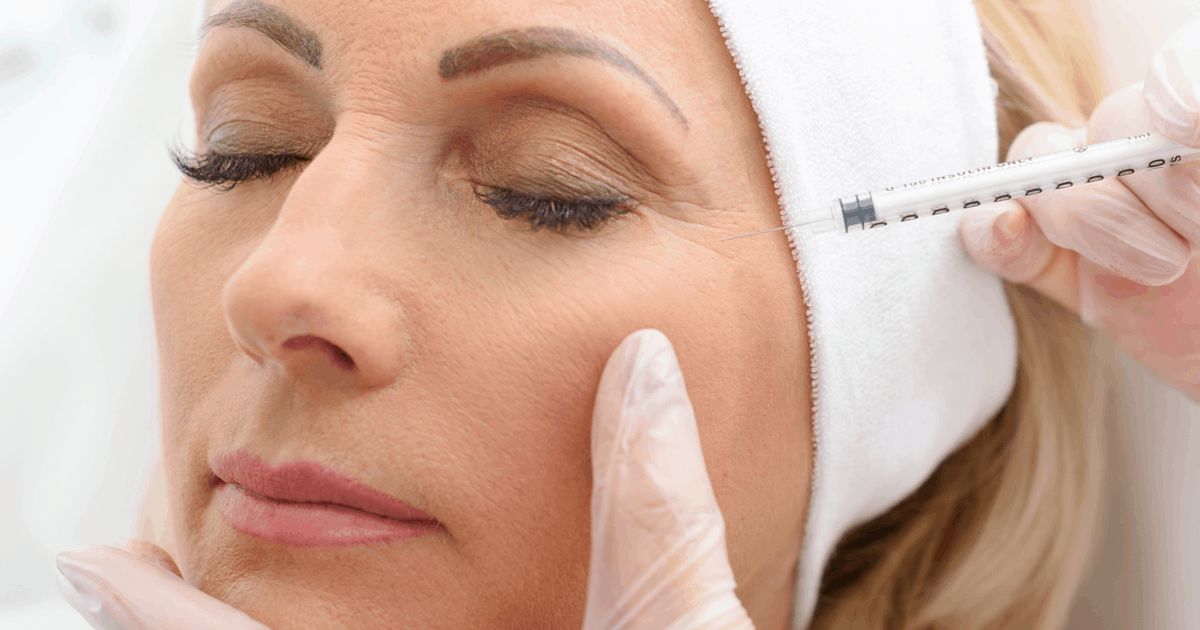If you stop a muscle from contracting, your lack of movement prevents the skin above it from wrinkling, this is one of the ways that Botox prevents the skin from wrinkling (notice the folds that form in the area of crow's feet when he squints). Botulinum toxin works specifically by inhibiting (blocking) the nerve signals that tell the muscles to contract, then the muscle stops moving.
The nerve affected by the botulinum toxin treatment has to re-sprout and 'reconnect' to the muscle so that the muscle begins to contract again; this may take up to 3 months to occur. During this time, the muscle previously stimulated by that nerve stops contracting and naturally shrinks. You can browse the International Academy of Aesthetics for more information on online Botox courses.

Botulinum toxin is commonly used to smooth lines, the frown is a common area to be treated, the frown gives you the typical lines between the eyebrows. Botox in the frown area prevents frowning, but not being able to frown for a few months can be long enough to break the frowning habit, so the client may frown less even after the botox is gone. Also, if you don't use a muscle, it contracts naturally, it's like the opposite of body development.
A good example of this is if, when your arm is broken, you are in a cast for a few months, the purpose of the cast is to stop the arm from moving. When the cast is removed, the muscles on that arm will be substantially smaller than those on the other side.
Experience shows that if you receive regular botulinum toxin injections for at least 2 years or more, you may need less and less Botox to get the same effect, or you may spend more time between treatments. In fact, you may reach a stage where you probably don't even need any more treatments, as your muscles have shrunk, and you may have lost the habit of making that expression.
